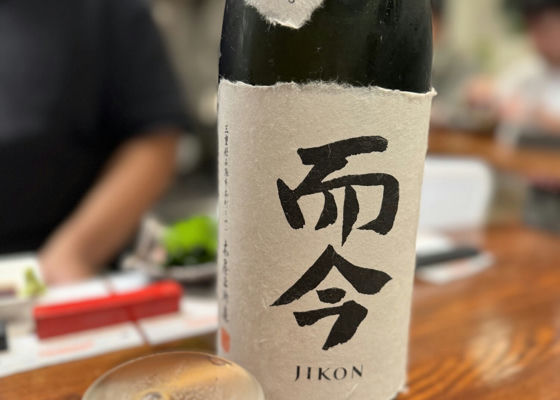Ohmine Junmaiひやおろし 山田錦

ハヤカワ
Ohmine, an internationally popular sake brewed in Yamaguchi Prefecture, introduces "3 Grains Nama-Zume Hiyoroshi Yamadanishiki" for the autumn season. The carefully selected Yamadanishiki rice is polished to 60%. The sake is brewed in early spring and allowed to mature slowly, resulting in a bottle with a beautiful sake quality that combines maturity and clarity.
This is a beautiful autumn sake that shows off its beauty and superb maturity. It is perfect for enjoying with seasonal foods. The true essence of this sake is at temperatures close to room temperature. Why not start with a lightly chilled bottle and enjoy it in a relaxed manner?
Aroma
Refreshing aroma reminiscent of muscat and apples. In a good sense, it is not like a chilled wholesale sake, and the gorgeous aroma will excite your expectations.
Taste
From the smooth mouthfeel, which is typical of aged sake, the rich umami spreads out mellowly and releases a sense of presence. Along with a clear, fruity aroma, the taste is deep and profound, intertwined with a clear acidity that extends gradually and a faintly spicy, prickly flavor. The exquisite sense of balance is pleasant, and the lingering aftertaste lingers long after swallowing.
Japanese>English


















